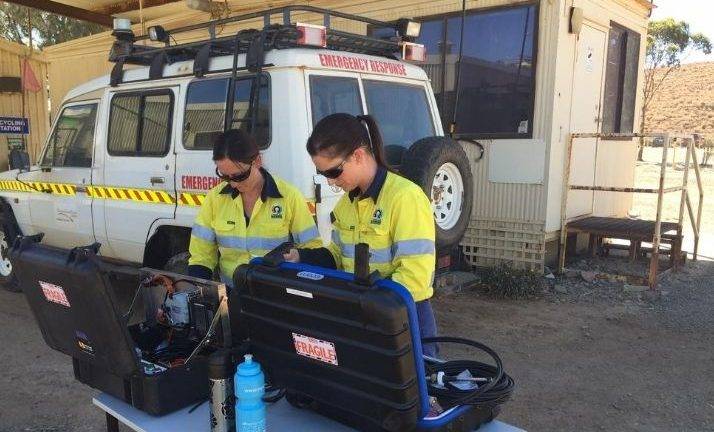How data is used in occupational hygiene for your business.
Worker exposure assessment1 is a key process based on the collection and interpretation of occupational hygiene data. Occupational hygienists use workplace monitoring based on a process of standardized sample collection and analytical methods to determine the extent of worker exposure. The workplace monitoring data collected informs the next stage of applying workplace controls to effectively prevent or minimize the identified health hazards2. The monitoring however is preceded by a workplace inspection3 where the hygienist spends time at the workplace observing tasks, workplace conditions and interacts with the workers performing various tasks. The information from the inspection coupled with the hygienist’s prior knowledge of the observed hazards characteristics, is used to formulate a suitable sampling strategy to obtain an estimate of the worker’s actual exposure.
Due to the impracticality of sampling every worker in a workplace, a workable approach based on representative sampling is used to group multiple workers who have similar exposures to a single contaminant, into a similar exposure group (SEG). This SEG can then be defined as a group of workers having an identical likelihood of exposure to a single workplace hazardous agent, a concept unique to each workplace exposure agent. SEGs defined this way have a statistical importance whereby a small number of randomly selected samples can be used to define exposure distributions and trends within the SEG. The significance of which is the reduced amount of sampling and time needed to evaluate the exposure data.
To be confident that the exposure data collected is real and not due to chance, an adequate number of samples4 should be collected. The general rule of thumb is to collect at least 6 samples from each SEG with a population below 10 and a minimum of 10 samples from each SEG with a population of 10 or greater. This number however can vary for each operation, and depends largely on the day-to-day, shift-to-shift and worker-to-worker variability of the workplace exposure concentrations. Taken altogether, variability is determined by the geometric standard deviation (GSD) of the data set collected. GSD is a statistical parameter used to indicate the adequacy of sample size in a data set. When the GSD is greater than 4, this indicates that the workplace concentrations are highly variable and that a larger sample size should be used for statistical precision. When the GSD is between 2 and 4 it indicates intermediate variability, requiring a moderately larger sample size. For a GSD below 2, it indicates low variability of the workplace concentrations, and hence an adequate sample size in the original data set.
In order to use a data set that was collected by the random-sampling approach for evaluation of workplace exposure we need to ensure the following conditions are true:
- The data set represent a lognormal or normal distribution.
- All samples making up the dataset were collected within the breathing zone of randomly selected workers in the SEG at randomly selected time periods; and
- The dataset size and GSD meet the statistical precision criteria.
When the above conditions have been met, the data can then be compared to the pre-determined criteria5 for acceptable exposure, to determine the future course of action relating to the workplace exposure.
For more information about how RED OHMS Group can help you please contact us on 1300 229 533 or info@redohmsgoup.com.au
- J.R. Mulhausen and J. Damiano, A Strategy for Assessing and Managing Occupational Exposures, 2nd Edition. Chapter1. Fairfax, VA: AIHA Press, ISBN 0-932627-86-2.
- OSHA 3143, 1998 (Revised). Information Booklet on Industrial Hygiene U.S. Department of Labor, Occupational Safety and Health Administration-Office of Training and Education. https://www.osha.gov/Publications/OSHA3143/OSHA3143.htm
- Occupational Hygiene Monitoring and Compliance Strategies Australian Institute of Occupational Hygienists (AIOH) 2014 publication https://www.aioh.org.au/resources/publications1/publications/occupational-hygiene-monitoring-and-compliance-strategies
- Preparation of a health and hygiene management plan-guide http://www.dmp.wa.gov.au/Documents/Safety/MSH_G_HHMP.pdf
- Guidance on the interpretation of workplace exposure standards for airborne contaminants. Safe Work Australia, 2013. https://www.safeworkaustralia.gov.au/system/files/documents/1705/guidance-interpretation-workplace-exposure-standards-airborne-contaminants-v2.pdf


